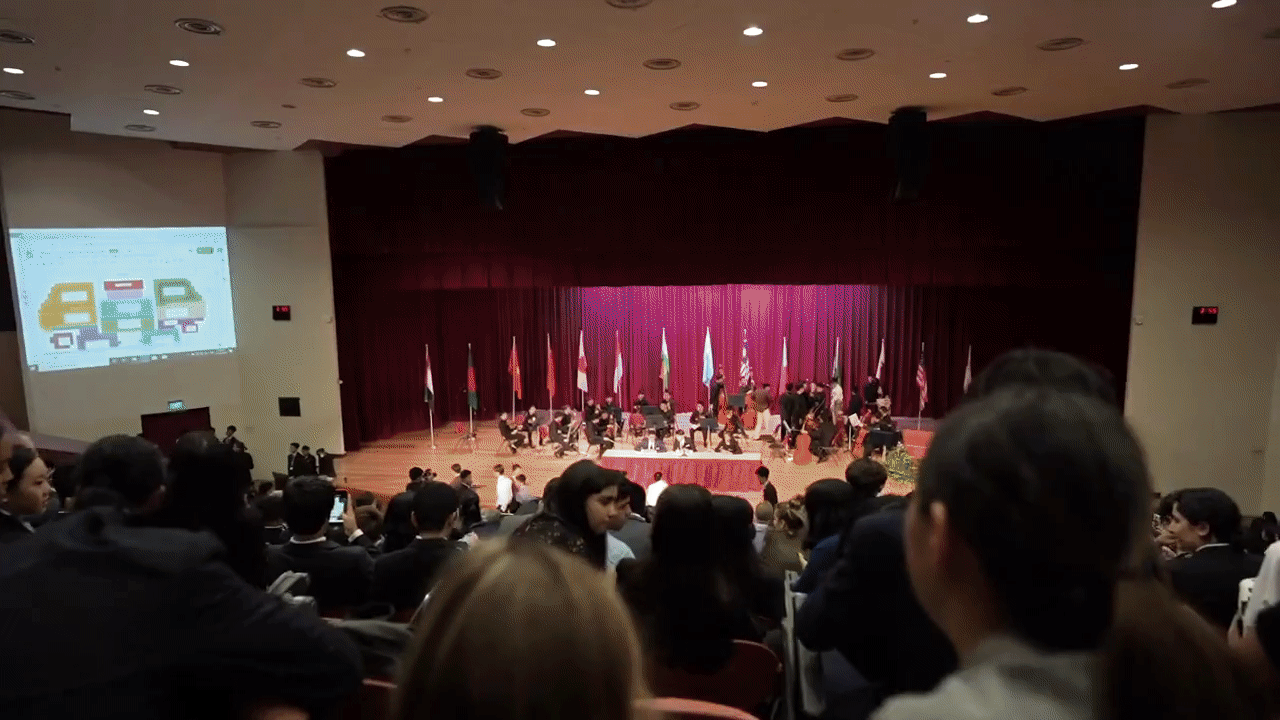The Truth Behind Memes
Written by: Jade Henry
Edited by: Aastha Gokani
One thing that every boomer, millennial and gen Z can identify with is memes. Memes can be made of images, videos or pieces of text created for comedic relief and can be spread all over social media platforms by Internet users. Often, users make slight variations to beloved memes, generating an endless stream of different memes. My generation as a whole has been shaped by memes.
When Sohan D’Silva (delegate of Cuba of GA3, United Nations International School of Hanoi) was asked his point of view of the effect memes on our generation, he replied by saying “The way we speak and [how] we communicate with each other.” For example, D’Silva talked about the dark side of the memes— the racist, sexist, neo-nazi, and all the other morbid ideologies that can harm a person’s way of life. He argued that while people may claim that “it’s just funny” or “it’s just a joke,” the way Internet users spread or create memes negative messages without accountability is not right.
In today’s age, humour is a very sensitive subject. A delegate that wishes to remain anonymous stated that “We all have different types of humour and it’s more manageable in today’s age, [however] complicated politics [dismisses this].”
Regarding differences in humour, THIMUN’s very own meme page creator acknowledged that while “Memes have brought joy into the sometimes mundane life that we lead, and it’s always nice to know that there’s a large community that always has your back no matter your background,” there are also instances when “memes may be taken too literal[ly] by some, and especially for the more extreme ones, may result in discord due to a simple misunderstanding or miscommunication of ideas.” However, he eventually concluded that “Interpretation and context are key in understanding memes, and they decide whether or not the memes affect positively or negatively.”
All in all, to prevent the spread of negative memes, two sides need to step up. The creators of memes should refrain from sinister subjects, become more careful when assessing how their memes will be interpreted. The collector of memes, on the other hand, have to use memes that are appropriate to the context of their conversations and stop spreading negative memes.
Digitisation of Lost Heritage and Culture
Written by: Isabella Wood
Rich cultures that hold a range of different values, beliefs and ideologies are becoming a product of the past. In a time of human life that relies on technology, some of us are beginning to forget the culture and heritage that brought us together in the first place. Fortunately, people are beginning to realise that culture is being lost at a rapid rate, and have banded together to digitise it. An example of a successful movement to digitalise culture and heritage is the Singapore Memory Project.
The Singapore Memory Project is a movement that encourages users to submit their memories of Singapore and link them to historical events that happened in the nation and other cultural aspects of Singaporean life. Users can submit their own memories to the blog iremember.sg or enlist the help of the movement’s partners in order to connect their memory to a significant event. The memories of people are important to enable these cultural practices and heritage sites to be protected.
Delegates at the conference are supportive of measures— like the Singapore Memory Project— to protect cultural heritage. Joran Hsu (Admin Team, Hwa Chong Institution) is a Singaporean and part of the admin team. He views his nation as a “melting pot of cultures” and it “is evident in Singapore’s local food.” Hsu believes that culture and heritage “should not be sacrificed in the wave of economic development”, because the loss of culture could lead to the loss of national identity and belonging. Terence Ong (Admin team, Hwa Chong Institution) comments on a Singaporean value called “Kampong spirit”, being friendly and compassionate. Ong stresses the importance of digitalising culture and identity like the Kampong spirit, as it is “the only thing that bonds us together with the past generations”. Furthermore, Natalie Ang (Delegate of Singapore of GA6, Cedar Girls Secondary School) thinks that “Racial harmony should be protected” in conjunction with the protection of culture and heritage. Ang’s sentiment is shared by many participants. When delegates from Singapore were asked what historical sites in Singapore they want to be protected, most said Little India and Chinatown.
Hsu, Ong and Ang’s testimonies about the importance of culture and heritage in Singapore further establish why the digitalisation of culture and heritage is essential.
Commute Culture
Written by: Josh Tang
Photographs by: Jerry Lin
There is an array of different ways to commute in the world, and each country has its unique commute culture. From the MRT to the tuk-tuk, the contrast between nations’ forms of transportation is prominent. You may wonder: is there a reason behind the disparity in commute culture or have the modes of transportation been chosen purely by chance?
Campbell Reed (delegate of Burkina Faso of HRC, Stamford American International School), a citizen of Singapore and a previous resident of the US, guessed that “the MRT or bus is the most popular type of transportation because there are a lot more people here so they are able to be brought around in larger numbers, in the streets were less crowded so we took the car there”. This shows that commute culture does not occur by chance, but depends on the environment, surroundings or situation the country is in. India’s commute culture leads us to the same conclusion. The most popular mode of transportation in India is a private car. According to Branav Berry (delegate of Mexico of GA2, Mahindra International School), “public transport is really bad in my country (India), so most people try to take their private cars when they can”.
Overall, every country’s commute culture is different, and is built around the circumstances and setting the nation is in.


















